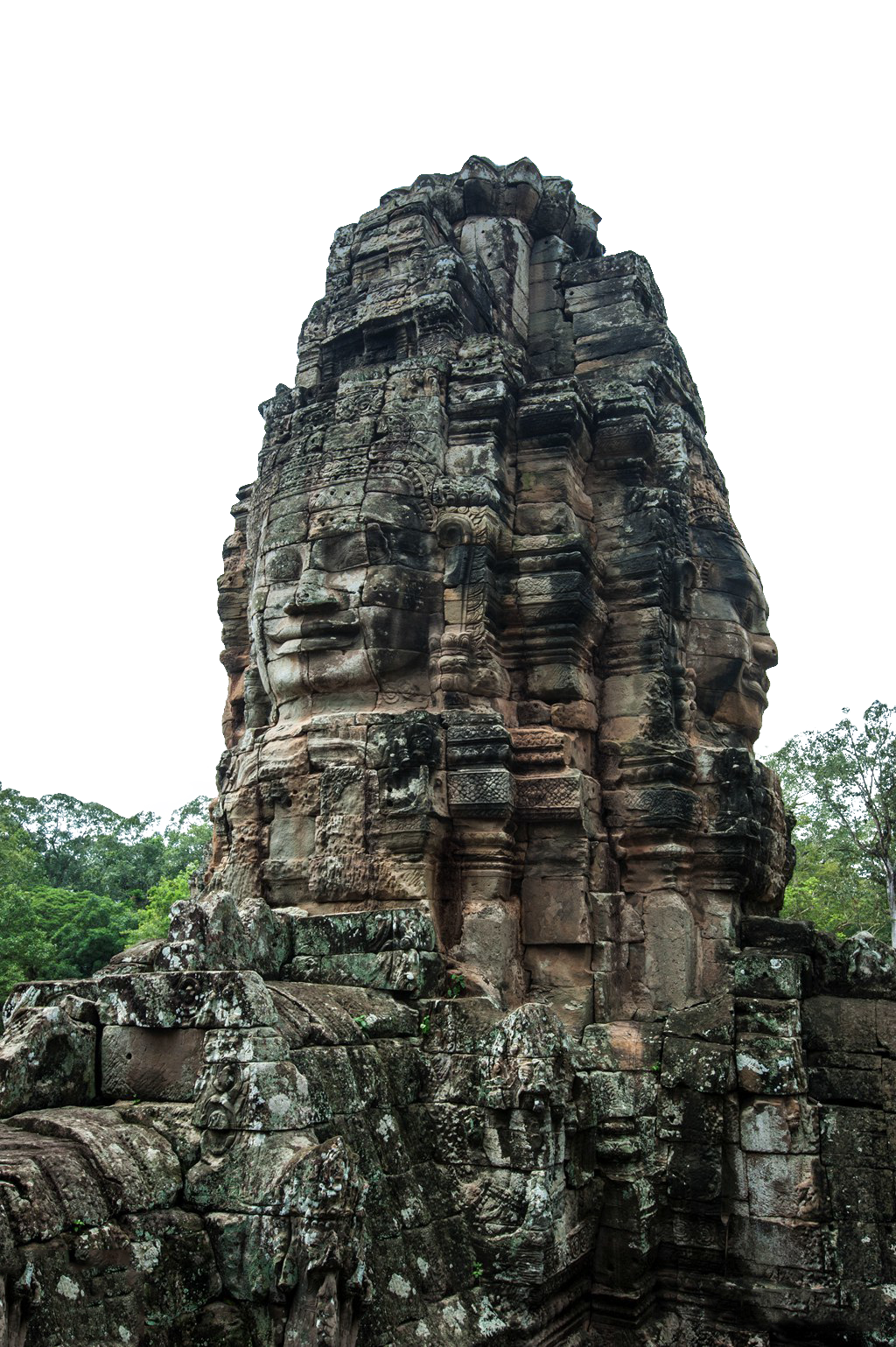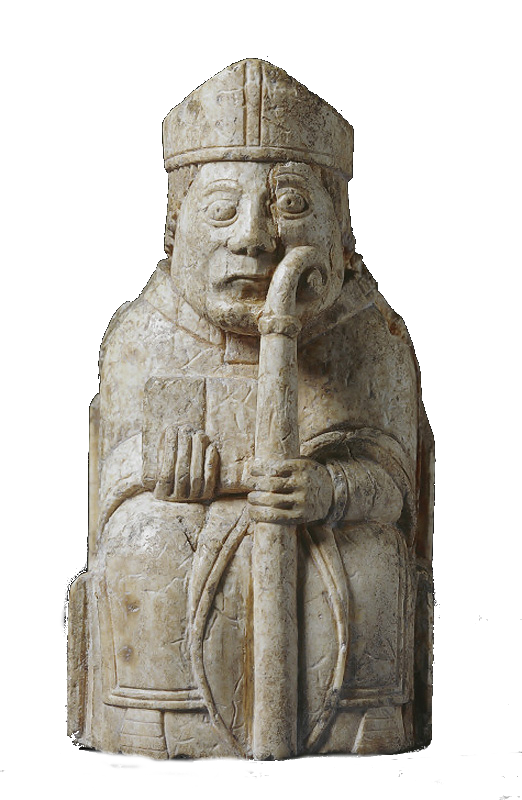Archaeology
Welcome to c/Archaeology @ Mander.xyz!
Shovelbums welcome. 🗿

Notice Board
This is a work in progress, please don't mind the mess.
- 2023-06-15: We are collecting resources for the sidebar!
- 2023-06-13: We are looking for mods. Send a dm to @[email protected] if interested!
About
Archaeology or archeology[a] is the study of human activity through the recovery and analysis of material culture. The archaeological record consists of artifacts, architecture, biofacts or ecofacts, sites, and cultural landscapes.
Archaeology has various goals, which range from understanding culture history to reconstructing past lifeways to documenting and explaining changes in human societies through time.
The discipline involves surveying, excavation, and eventually analysis of data collected, to learn more about the past. In broad scope, archaeology relies on cross-disciplinary research. Read more...
Rules
- Don't throw mud. Be kind and remember the human.
- Keep it rooted (on topic).
- No spam.
- No pseudoscience/pseudoarchaeology.

Links
Archaeology 101:
Get Involved:
University and Field Work:
- Archaeological Fieldwork Opportunities Bulletin
- University Archaeology (UK)
- Black Trowel Collective Microgrants for Students
Jobs and Career:
Professional Organisations:
- Chartered Institute for Archaeologists (UK)
- BAJR (UK)
- Association for Environmental Archaeology
- Archaeology Scotland
- Historic England
FOSS Tools:
- Diamond Open Access in Archaeology
- Tools for Quantitative Archaeology – in R
- Open Archaeo: A list of open source archaeological tools and software.
- The Open Digital Archaeology Textbook
Datasets:
Fun:
Other Resources:

Similar Communities
Sister Communities
Science and Research
Biology and Life Sciences
Plants & Gardening
Physical Sciences
Humanities and Social Sciences
Memes
Find us on Reddit

view the rest of the comments
This is the best summary I could come up with:
In a new paper published in the Proceedings of the National Academy of Sciences, the German research team who discovered the megastructure, which they've called the Blinkerwall, say they believe it was constructed for hunting on land.
As the paper penned by geoscience researchers led by Kiel University notes, some parts of the Baltic Sea basin only submerged in the mid-Holocene era, dating back between 5,000 and 7,000 years.
"When you chase the animals, they follow these structures, they don’t attempt to jump over them," first paper author Jacob Geersen explained in an interview with The Guardian.
Although other large structures had been discovered in the Bay of Mecklenburg, it wasn't until 2021 that the Kiel team detected what they now call the Blinkerwall when out on a research expedition.
Using "multibeam echosound data," they determined that it is roughly a meter high at its tallest point, which also seems to lend credence to the driving wall theory.
In a statement to CNN, paper co-author Marcel Bradtmöller of the University of Rostock emphasized just how different Northern Europe was during the era the Blinkerwall was likely built.
The original article contains 465 words, the summary contains 185 words. Saved 60%. I'm a bot and I'm open source!